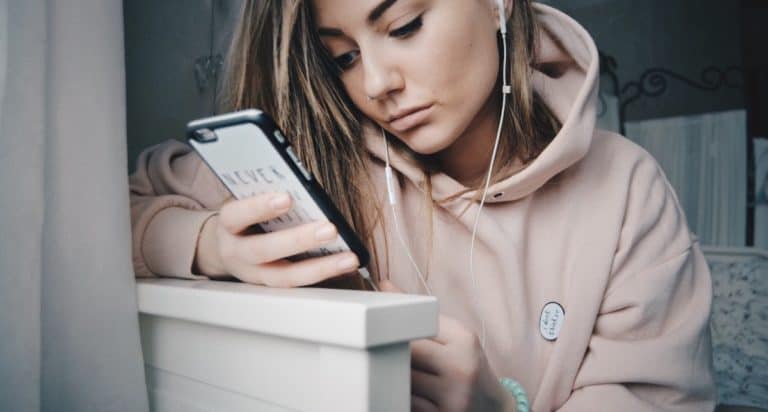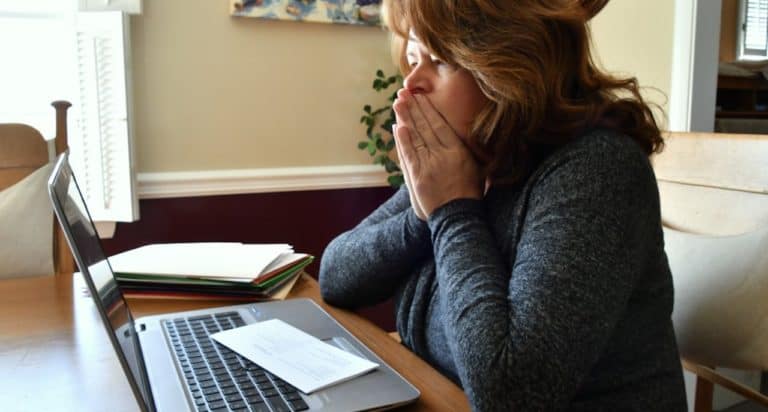
Last Friday, I attended a professional development seminar on mental health issues for college students. While the statistics were certainly concerning, I’ve been in the field long enough to not feel too surprised. Initially, I was focused simply on taking notes on numbers:
*20% of the college student population suffers from some type of mental health issue
*11% suffer with mood related issues
*8% suffer with anxiety related issues
*37% of these students will leave college because of mental health issues.
I started to think about a good friend I had seen the day before. Her son is a sophomore in college and recently broke up with his girlfriend, who attends the same school. He was thinking of transferring. He shared with his mother that everyone he knew from high school had either transferred or was thinking about transferring. That’s a lot of dissatisfaction.
While this conflicted student and his classmates were probably not mentally ill or part of any study, the fact remains that these statistics are based on students who are disclosing their issues. So, the real numbers are probably a lot higher. While suicide is listed as the third leading cause of death in this study, we don’t know how many car fatalities are really suicides.
Stress, anxiety, depression, eating disorders, food anxiety, drug and alcohol issues, and PTSD are common, and depression, anxiety, schizophrenia, mood and personality disorders tend to peak in young adulthood (ages 17-23). The statistics started to bear a more emotional impact as I thought about students I knew personally and as the presenters shared their experiences from working on college campuses:
* A counselor who had worked at NYU for years shared how she observed the installation of plexiglass barriers at the NYU library so students wouldn’t be able to jump.
*A counselor in the audience asked for input on how to help a student whose prescription medication was stolen by her roommate. I heard a few whispers of surprise but not many.
*The frustrated laughs we shared over the fruitless battle we fight as adults to convince students-with less than fully formed brains- that what they see on social media isn’t real. These images trigger a tremendous amount of anxiety, sadness and “FOMO” (Fear Of Missing Out) which leads to procrastination from their academic responsibilities, lack of sleep and mental exhaustion. Oh, and it’s not just Instagram and Snapchat. There’s a trend now that graduate students are updating their LinkedIn accounts constantly.
*The students who aren’t sure where their next meal is coming from and keep it a secret. And it’s not just low-income students. Healthy eating is expensive.
*The students who live in fear that their family will find out about their relationship and cut them off.
And then, there was the breaking news after the seminar was over that afternoon:
*A college freshman who had survived the Parkland High School shooting had died by suicide. She had likely suffered PTSD and survivor’s guilt.
These statistics and tragedies are worth thinking about more than ever right now.
On April 1, seniors will receive the last of their college admissions decisions. Along with their families, they have a month to decide where they will attend in the fall. They will attend admitted student events, talk to friends, teachers and guidance counselors and gather information.
The spreadsheets and sleepless nights will, most likely, focus on cost, academic program, and the mysterious feeling of “fit.” While those are important things to consider, it’s vital that we educate ourselves and help our students learn how to identify and navigate mental health resources on campuses and in the communities, they are considering. While it’s scary to send them off knowing the risks, we need to normalize help seeking behaviors and empower them as they make the transition to college.
Many students feel uncomfortable seeking help because they think it means they are crazy or weak. The message we can send to our students is that it’s a sign of strength to recognize the need for support from trusted and reliable adults. While the word expectation is loaded with connotations of pressure and negativity, it’s vital that we make it clear to our students that we have expectations that they will take care of themselves as young adults by availing themselves of wellness and mental health resources on campus.
Related:
Vaccines and College Students: What Parents Need To Know









